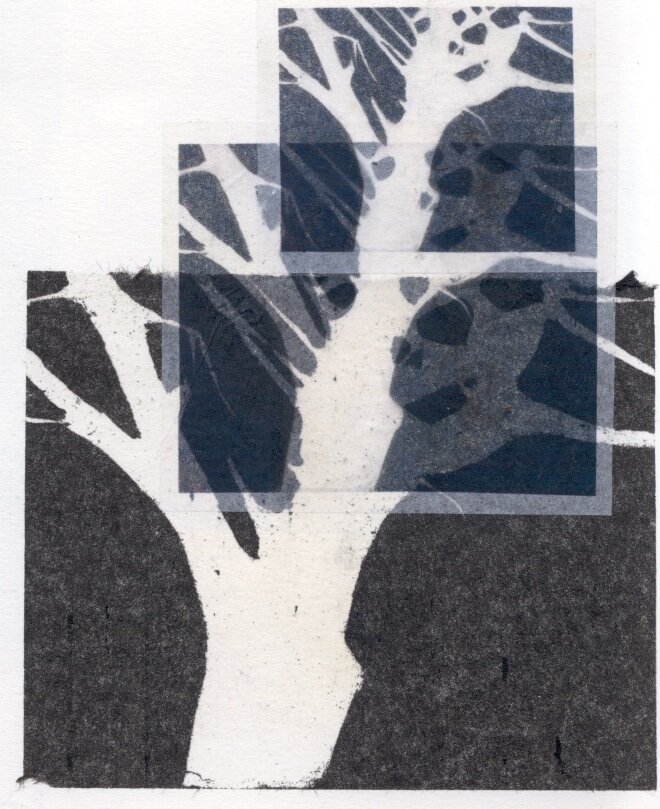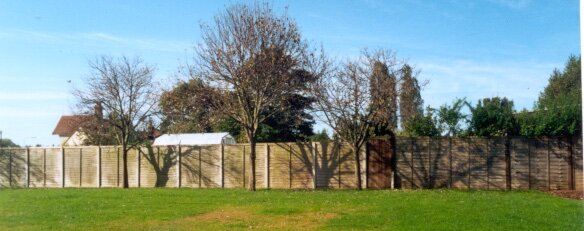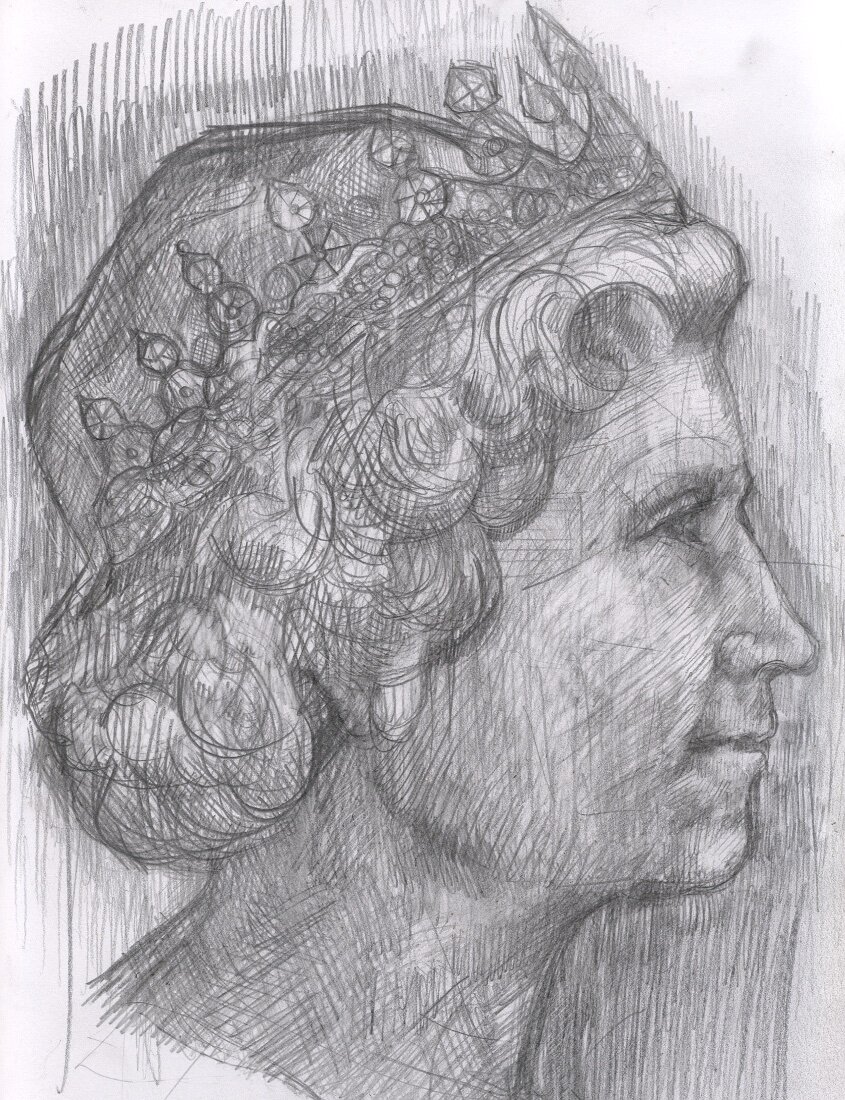FISHBOURNE RESIDENCY
In 2001 I was part of a Residency at Fishbourne Roman Palace, near Chichester as part of the Arts Council’s Year of the Artist initiative. The Residency ended with an exhibition called Tracing Time.
During the time I was at Fishbourne I explored the notion of Time in three different ways.
Through the of time. I asked the some of the many schoolchildren who visited the site to walk through some mud onto a piece of paper and these marks built up to symbolise the ‘earth beneath’ their feet - time past. I also asked them to draw onto another piece of paper and there again the marks built up to symbolise the present. I made these marks into a series of lithographs.
My final piece of research was inspired by the shadows of trees on the fence which surrounded the garden. A fragment of a mural had been found at The Roman Palace suggesting that there had been some tromp l’oeil of a garden. I made a number of drawings on this subject.
Archaeology relies on the depth at which artefacts are found and coins are a particularly find. They often display a date or the head of an Emperor. I made drawings from both the collection at Fishbourne and also in the British Museum which represented all the Roman Emperors who reigned during significant times ithe life of Fishbourne Palace.
WORKING WITH SCHOOL CHILDREN
Creating the Present
Creating the Past
Time - Fishbourne Lithograph 2001
TROMPE L’OEIL
Trompe l'oeil drawing - charcoal and tissue paper
Shadows in the Garden at Fishbourne 2001 - photograph
COIN HEADS AND BOXES
Fishbourne Head - Emperor Claudius: Reign AD 54 - 41
Fishbourne Head - Emperor Vespasian: Reign AD 69 - 79
Fishbourne Head - Emperor Domitian: Reign AD 81 - 86
Fishbourne Head - Emperor Tetricus: Reign AD 271 - 274
Fishbourne Head - Emperor Diocletian: Reign AD 284 - 286
Fishbourne Head - Emperor Constantius Chlorus: Reign AD 293 - 305
Fishbourne Head - Emperor Constantine I: Reign AD 306 - 337
Fishbourne Head - HM Queen Elizabeth II : Reign 1952
TRACING TIME - BOX I Head of the Emperor Claudius. Inkjet print onto tissue paper, iron stone (sub-soil) The initial evidence of buildings found at Fishbourne is that they were for military purposes, which are thought to have been built during the first Roman invasion under Emperor Claudius in 43 AD. BOX 2 Head of the Emperor Vespasian Inkjet print onto tissue paper, earth Vespasian became Emperor in 69 AD. He was the first of the Flavian dynasty. It was during his reign that the larger Flavian Palace was started to be built at Fishbourne. BOX 3 Head of H.M. Queen Elizabeth II. Inkjet print on tissue paper, dust. The Queen’s head on our modern coinage is the same symbol of authority used by the Romans. The dust has been swept up from the floors of the Roman Palace – dust, which will one day form another ‘layer’ in the history of Fishbourne.










